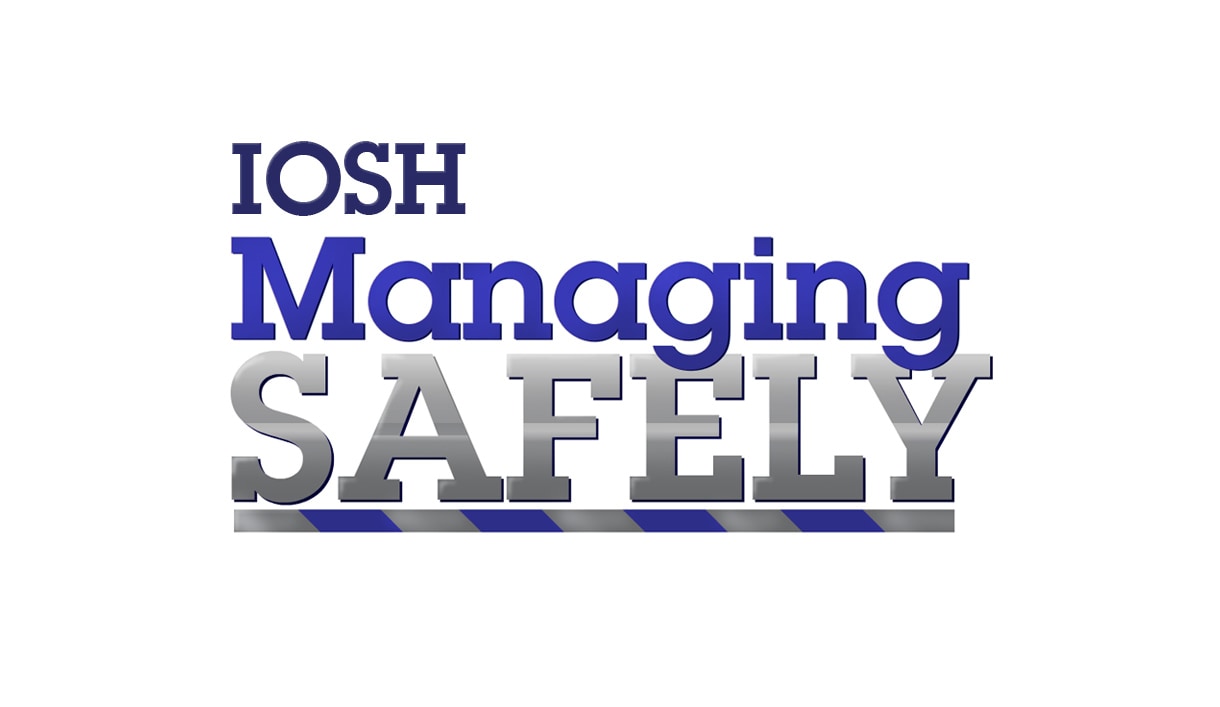The value of safety management systems
The Importance of Safety Management Systems
In today’s fast-paced work environment, it’s crucial for organisations to prioritise the safety and well-being of their employees. One effective way to achieve this is by implementing a safety management system (SMS). In this article, we’ll explore the value of safety management systems and how they can contribute to a safe, healthy, and productive workplace.
1. Systematic approach to managing safety: An SMS provides a structured, systematic approach to managing safety, which helps organisations identify, assess, and control workplace hazards effectively. By taking a proactive approach to safety, organisations can reduce the likelihood of accidents and injuries, ensuring a safer work environment for all.
2. Compliance with legislation and standards: Well-implemented Safety management systems can help organisations comply with applicable health and safety legislation and industry standards, which can reduce the risk of fines, penalties, and legal action. To elevate your commitment to safety and demonstrate a strong dedication to compliance, consider pursuing the prestigious NEBOSH Diploma qualification. This advanced program delves deep into health, safety, and environmental management, providing you with the expertise needed to navigate complex regulatory frameworks and industry-specific requirements. By obtaining the NEBOSH Diploma, you position yourself as a leader in the field of health and safety, capable of implementing best practices and ensuring adherence to the highest standards. With such comprehensive knowledge and credentials, you can actively contribute to your organisation’s success by fostering a culture of safety, maintaining legal compliance, and safeguarding the well-being of all stakeholders.
3. Improved risk management: A Safety management system enables organisations to identify and assess potential hazards, implement appropriate control measures, and continuously monitor and review their effectiveness. This leads to improved risk management and a reduced likelihood of accidents and injuries.
4. Enhanced employee engagement: Involving employees in the development, implementation, and continuous improvement of the Safety management systems can lead to increased employee engagement and ownership of safety practices. This can result in improved safety performance and a stronger safety culture.
5. Reduced costs: By preventing accidents and injuries, an SMS can help organisations save money on direct and indirect costs associated with workplace incidents, such as medical expenses, lost productivity, and increased insurance premiums.
6. Improved operational efficiency: Safety management systems can streamline safety processes and procedures, reducing the potential for errors and inconsistencies. This can lead to improved operational efficiency and overall business performance.
7. Enhanced reputation: A strong commitment to safety, demonstrated through an effective Safety management system, can enhance an organisation’s reputation among customers, suppliers, regulators, and the wider community. This can lead to increased business opportunities and a competitive advantage in the marketplace.
8. Continuous improvement: An SMS is designed to promote continuous improvement, with organisations regularly reviewing and updating their safety practices based on feedback, performance data, and changes in legislation or industry best practices.
The True Value of Safety Management Systems
Implementing safety management systems can provide numerous benefits to organisations, from improved risk management and compliance to enhanced employee engagement and reduced costs. By investing in a robust SMS, organisations can not only protect the safety and well-being of their employees but also drive continuous improvement and business success.











Leave a Reply
Want to join the discussion?Feel free to contribute!